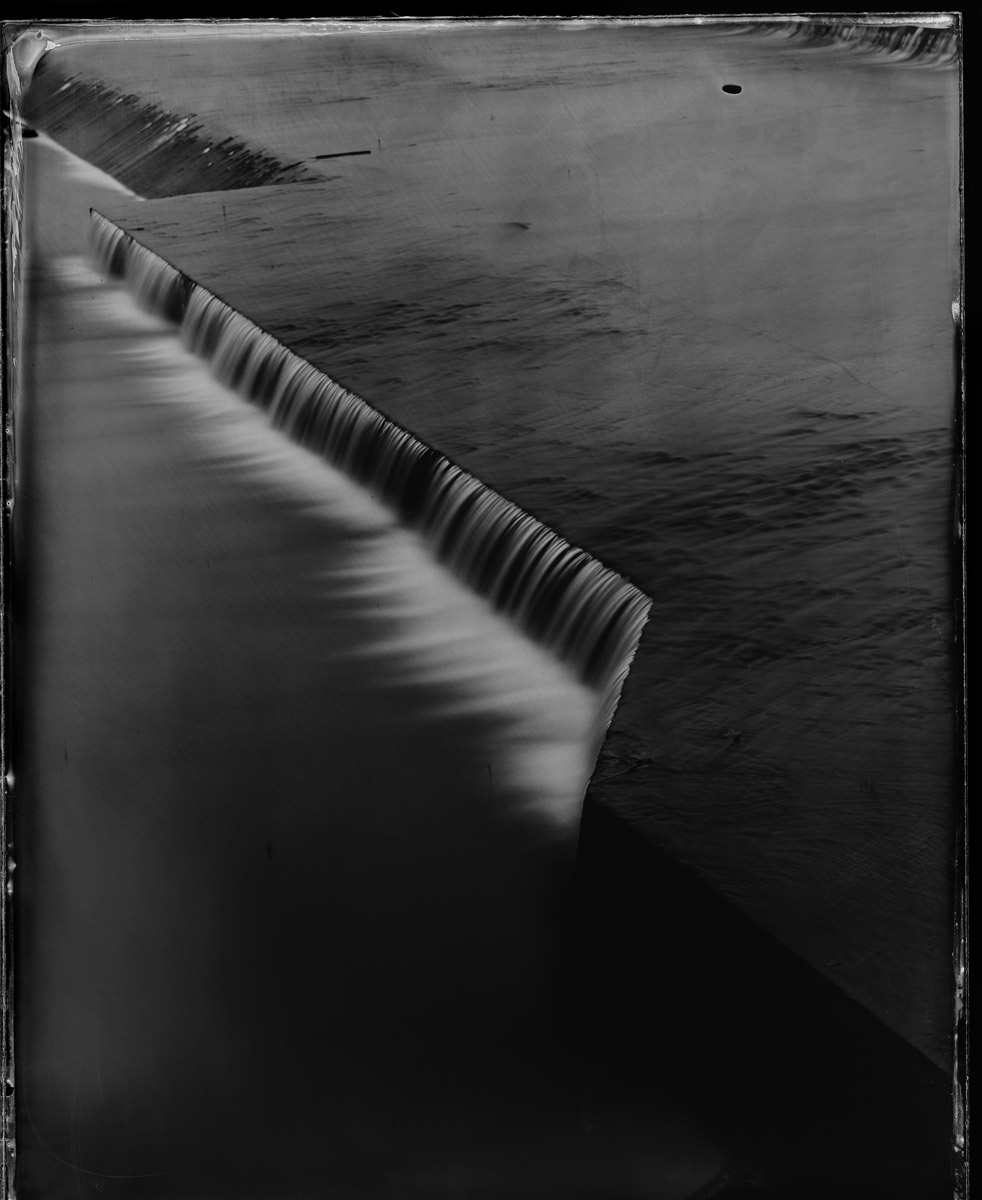ISRAEL ARIÑO
LE PARTAGE DES EAUX
Born in 1974 in Barcelona and trained at the Institut d’Estudis Fotogràfics de Catalunya (IEFC) and at the Faculty of Fine Arts of Barcelona, Israel Ariño is one of those photographers who do not stop at the surface of things (of the mirror as well as of reality) and whose each image is delivered as an enigma.
On the edge of reality and fiction, of dream and reality, at the limits of rationality, he produces photographs that are as many perceptive and subjective thresholds, revealing other dimensions in everyday life, whether they are dreamlike, imaginary or funereal, dreams, lies or fables.
The world seems to be subverted by the photographer, always on the verge of a tipping point, of an imbalance, on the unceasing point of sinking into hallucination, dream or madness.
Since 2001, he regularly exhibits his work in Spain and France and has published several artists’ books: Chambre avec vue (2006), Otras canciones a Guiomar (2008), Anatomía de una desaparición (2009). These editions allow him to explore and develop his own narrative ideas with photography. In 2012, his book Atlas published by Ediziones Anómalas was selected for the exhibition « Books that are photos, photos that are books fotos » at the Museo de Arte Reina Sofía in Madrid, which showcases the most prestigious photography books. In 2013 he became a member of the publishing house Ediciones Anómalas.
Israel Ariño is represented by the VU’ Galery in Paris.
In 1985, the British Scott Archer laid down the wet collodion technique, primarily to improve the sharpness of image and reduce the exposure time compared with earlier processes, thus enabling Edward Muybridge, who used it for his research, to study the movement of bodies, and Roger Fenton to take the first war images in the Crimea. In contrast, Israel Ari o now seeks to remove visibility by introducing into the real an element of the imaginary and of poetry. In contrast, Israel Ari o now seeks to remove visibility by introducing into the real an element of the imaginary and of poetry. He does not look for any transparency in the emulsion on glass, but rather an opacity and a mystery, an imperfect beauty due to the operator's gesture, unique to each plate. He takes advantage of flaw of the support, of its defects of adhesion to give back to the photograph its spectral dimension, dear to Roland Barthes: ghostly images that come back to visit us, distracting us from the tranquil evidence of the present, forcing us to look at Toulouse with the eyes of yesterday...
Dominique Roux

